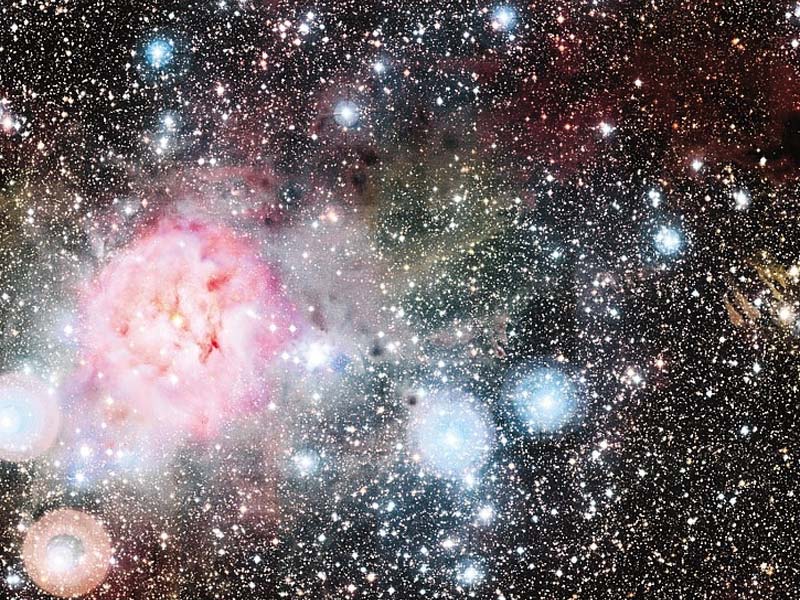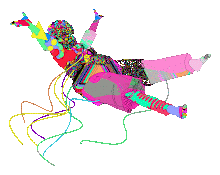 The Young Family (2002-3) presents a transgenic creature. The inspiration behind this work is the expectation that we have of growing human organs in other species, especially pigs. Rather than make a didactic image that argues for or against these technologies, I want to address the reality of these possible creatures in a very compassionate way. The question I raise, that I am interested in, relates to the distinction between human and animal characteristics: Not so much her humanity, but the 'animalness' in us. Genetically, we share traits with her, but also we share the fundamental trait of looking after offspring. I am interested in the kinds of ways that we look at the many ethical issues that surround medical technologies.
The Young Family (2002-3) presents a transgenic creature. The inspiration behind this work is the expectation that we have of growing human organs in other species, especially pigs. Rather than make a didactic image that argues for or against these technologies, I want to address the reality of these possible creatures in a very compassionate way. The question I raise, that I am interested in, relates to the distinction between human and animal characteristics: Not so much her humanity, but the 'animalness' in us. Genetically, we share traits with her, but also we share the fundamental trait of looking after offspring. I am interested in the kinds of ways that we look at the many ethical issues that surround medical technologies.
There are two kinds of people who are thinking about these issues; those who are objective observers, and those that are actually affected by the issues, such as somebody who has a family member who is affected by a disease. These two viewpoints are often very different. It is impossible to be objective about these issues when you are emotionally involved, but I don't think that is a bad thing. These are not simple issues with easy answers: It is one thing to talk about an idea and another to be confronted by the emotional reality of a creature, and yet another to be in need of what that creature might provide.
Title: The Young Family 2002-3
Author: Patricia Piccinini (+)
more info (+)











